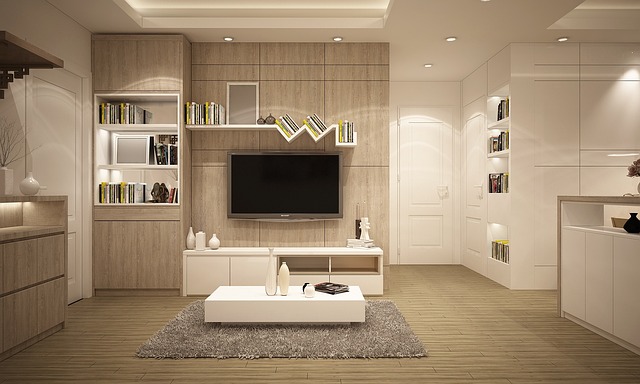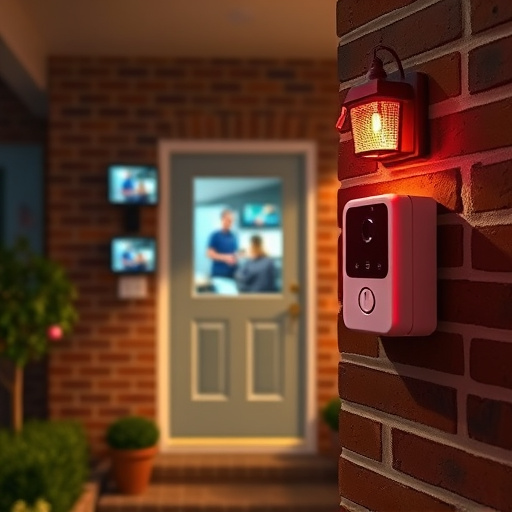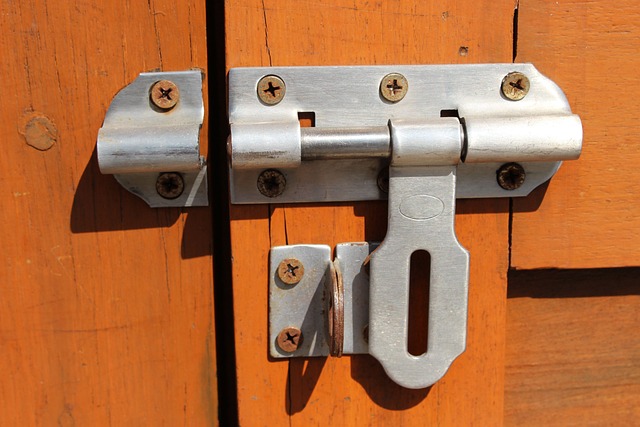Assess your home's exterior and interior for weak points, focusing on doors, windows, and access ways. Install high-security locks, reinforced doors, and double-glazed windows to deter intruders. Implement smart home security systems with motion sensors, cameras, and alarms linked to monitoring services. Regularly test alarms, change passwords, and keep emergency contact details available for effective break-in prevention and robust home protection.
“Strengthen your home’s defenses and breathe easy with our comprehensive guide to avoiding break-ins. Discover effective security strategies tailored to modern living. We explore how to assess your home’s vulnerabilities, from identifying weak points to fortifying common entry points. Dive into the world of physical security measures, smart locks, and surveillance systems for ultimate protection. Learn about strategic lighting, landscape design, and motion-activated lights to create an environment deterring intrusion. Explore the power of smart home automation for enhanced safety and peace of mind.”
- Assessing Your Home's Vulnerabilities
- – Identifying weak points in your home's security
- – Common entry points for burglars and how to fortify them
- Implementing Physical Security Measures
Assessing Your Home's Vulnerabilities

Assessing your home’s vulnerabilities is a crucial step in preventing break-ins and implementing effective security strategies. Start by evaluating your home’s exterior, including doors, windows, and any access points that could be easily overlooked. Look for weak spots like old or faulty locks, broken window panes, or unsecured entryways. Regularly inspect these areas and consider upgrading to more secure alternatives. For instance, replacing outdated locks with high-security models and installing reinforced doors and windows can significantly deter potential intruders.
Additionally, examine your home’s interior layout and technology. Smart home security systems are powerful tools for break-in prevention. Install motion sensors, security cameras, and alarm systems that integrate with a monitoring service. These measures allow you to receive instant alerts when suspicious activities occur, enabling quick response times. Regularly update your home protection measures by testing alarms, changing passwords, and keeping emergency contact details readily available.
– Identifying weak points in your home's security

Identifying weak points in your home’s security is a crucial step in preventing break-ins. Conduct a thorough inspection of your property, looking for any potential entry points that might be easily overlooked. This includes checking all doors and windows, especially those facing streets or with easy access to the backyard. Ensure locks are sturdy and up-to-date, and consider installing additional security features like deadbolts or high-security hinges. Regularly test these mechanisms to ensure they function properly.
Additionally, review your home’s exterior for any visible vulnerabilities, such as broken or insecure fencing, poorly lit areas, or overgrown vegetation that could provide cover for intruders. Consider investing in motion-activated lights and a robust security system with surveillance cameras. These effective security strategies not only act as strong deterrents but also provide valuable evidence in the unfortunate event of a break-in attempt. Implementing these home protection measures will significantly enhance your residence’s security and give you peace of mind.
– Common entry points for burglars and how to fortify them

Burglars often target windows and doors as primary entry points into homes. To prevent break-ins, it’s crucial to fortify these weak spots with robust security measures. Install high-quality locks on all exterior doors and ensure they are well-maintained. For windows, consider investing in sturdy, double-glazed models fitted with durable hinges. Adding security bars or grilles can further enhance protection.
Additionally, consider the landscaping around your home. Keep trees and shrubs trimmed back from windows and doors, eliminating potential hiding spots for intruders. Motion-activated lights along perimeters can serve as effective deterrents. Regularly review and upgrade your home’s security system to incorporate the latest in monitoring technology and alarm features, ensuring comprehensive protection against break-ins.
Implementing Physical Security Measures

Implementing Physical Security Measures is a robust strategy in preventing break-ins and enhancing your home’s security. Start with sturdy doors that have high-security locks, reinforced hinges, and deadbolts. These basic yet effective components form the first line of defense against intruders. Additionally, install secure windows equipped with shatter-resistant glass and robust locking mechanisms to prevent easy access from the outside.
Surrounding your home with security features like motion-activated lights, alarm systems, and visible security cameras can serve as powerful deterrents. These measures not only alert potential intruders of your home’s protection but also make it more challenging for them to approach undetected. Regularly maintaining and testing these physical security devices ensures their reliability when it matters most.














